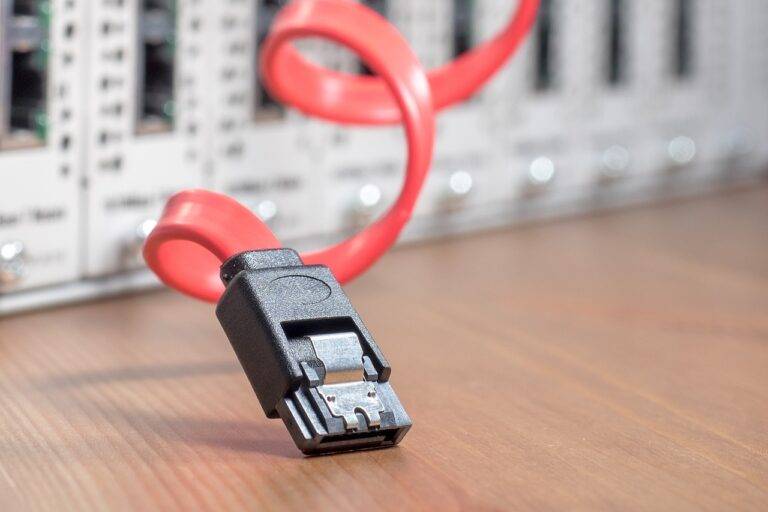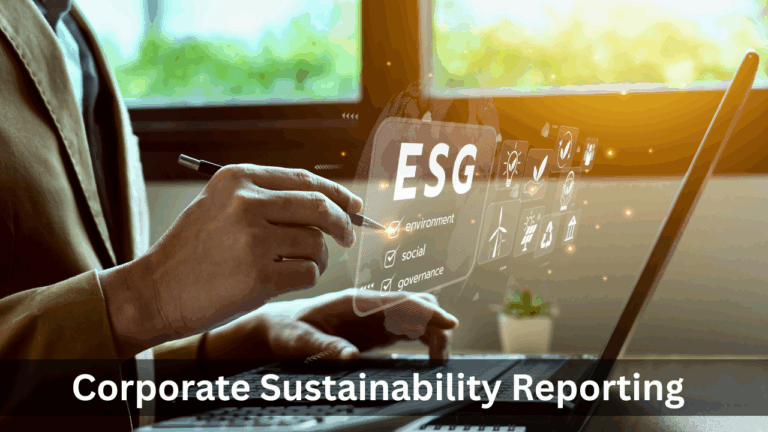Renewable Energy in Industries 2025: How Indian Companies Are Going Green
As energy prices rise and the world deals with climate change, many Indian industries are shifting to renewable energy. This move is not just good for the planet — it’s also helping businesses cut costs and stay future-ready.
From solar panels on factory roofs to large wind farms powering industrial parks, the green energy movement is growing fast. Let’s take a look at how and why this is happening.
Why Are Industries Choosing Renewable Energy?
In 2025, industries are under more pressure than ever to reduce pollution and improve efficiency. Here are the key reasons why companies are switching:
- Saving Money: Solar and wind energy have become cheaper than traditional electricity in many parts of India. Once installed, solar panels can run for 25+ years with minimal cost.
- Eco-Friendly Image: Consumers today support brands that care for the environment. Using clean energy boosts a company’s reputation.
- Government Push: The Indian government is offering subsidies, faster approvals, and policy support to industries going green. Special zones like green energy parks are being created across states.
- Future-Ready: Companies that act now are preparing for stricter energy rules coming in the next few years, both in India and globally.
Major Renewable Projects by Indian Industries
Let’s look at how some companies are leading the way in 2025:
Tata Power & Tata Steel
Tata Power is setting up massive solar and wind projects to supply power to Tata Steel plants. This helps reduce their dependency on coal-based electricity.
Infosys & Tech Parks
IT companies like Infosys and Wipro are running on 100% renewable energy at many campuses. Rooftop solar panels and clean power purchases are making this possible.
Gujarat & Andhra Pradesh: The State Leaders
- Gujarat has crossed 35,000 MW of renewable capacity. Many textile and chemical industries here now use solar power.
- Andhra Pradesh has started a ₹22,000 crore clean energy park to support local industries with wind and solar power.
What’s the Government Doing?
The Indian government has promised to reach 500 GW of non-fossil energy by 2030. To support this, it is offering:
- Capital subsidies on solar equipment
- GST reductions on renewable energy gear
- Easy loans for clean energy projects
- Special policies for sectors like steel, cement, and chemical to reduce their carbon emissions
These steps are helping medium and small businesses also start using renewable sources.
Challenges in the Journey
Of course, switching to green energy isn’t always smooth. Companies face:
- High Initial Costs: Installing solar or wind systems costs money upfront.
- Land & Grid Issues: It’s hard to get space and connect to power grids in some areas.
- Policy Delays: Some states still have slow approvals or changing rules.
But despite these, the long-term benefits are too big to ignore.
What the Future Looks Like
By 2030, it is expected that almost all major industries will run on a mix of solar, wind, and other clean sources. Even sectors like transport and shipping are starting to explore green hydrogen and battery storage to stay clean.
The future of Indian industry is not just about growth — it’s about green growth.
Final Words
Renewable energy is no longer a choice — it’s a need. Indian companies are waking up to this and taking action. From saving money to saving the planet, the shift to clean power is gaining speed.
To stay updated on how industries and businesses are going green, bookmark Scoopearth for all the latest in simple, easy-to-read updates.
✅ Go Green, Stay Ahead
✅ Follow Scoopearth for trusted business news
✅ Know how your world is changing — one solar panel at a time







